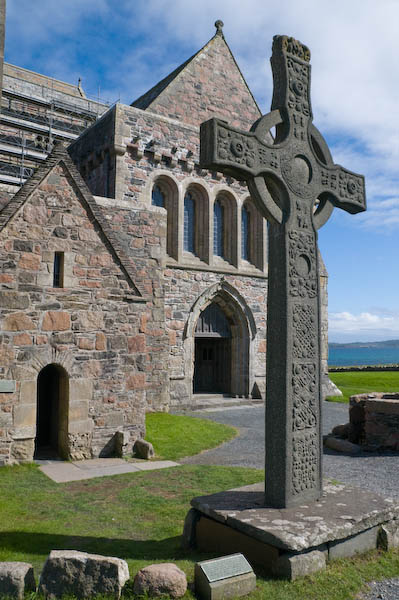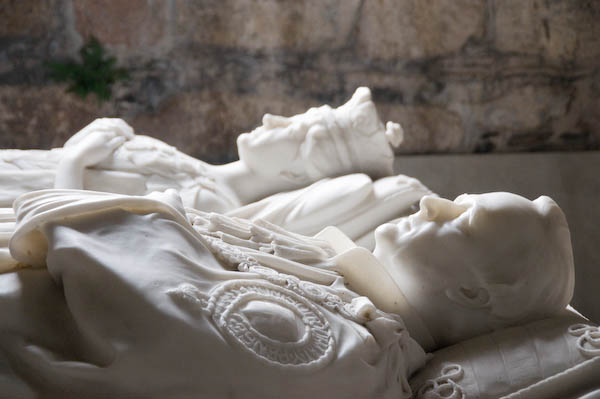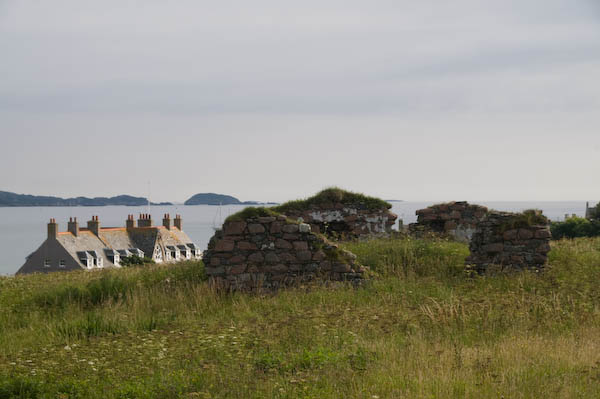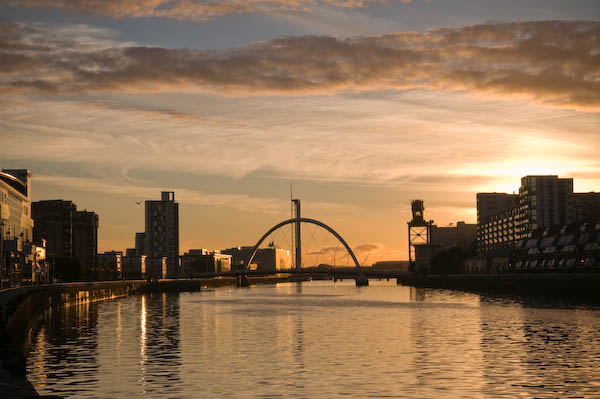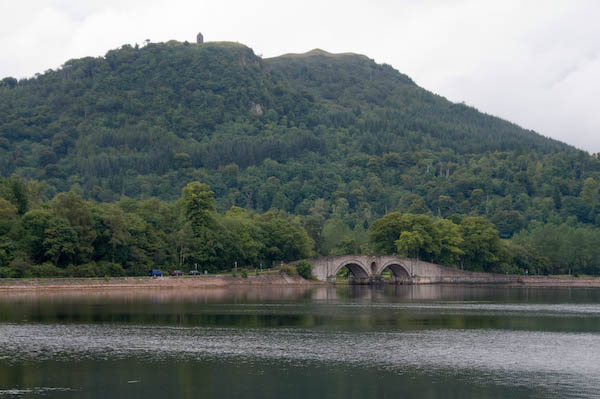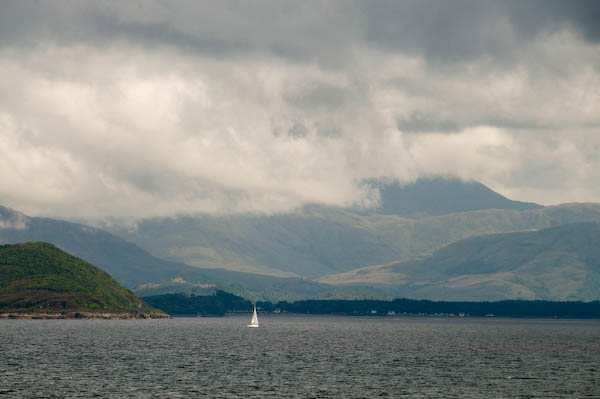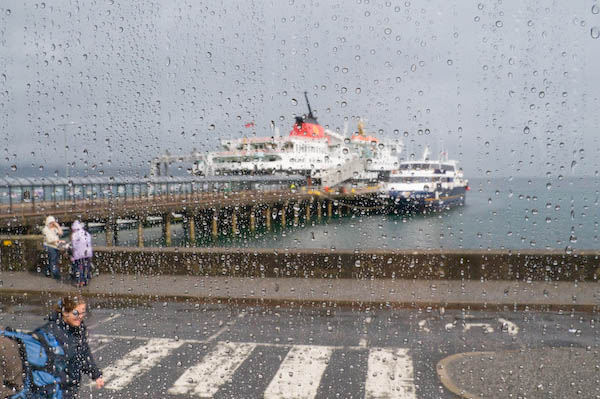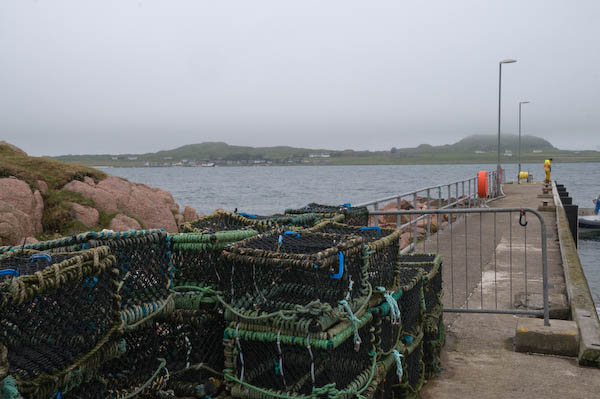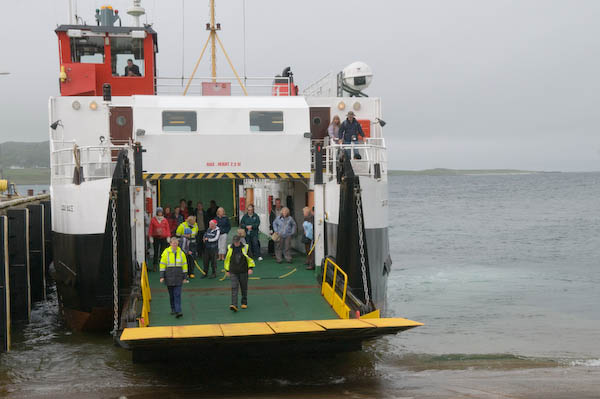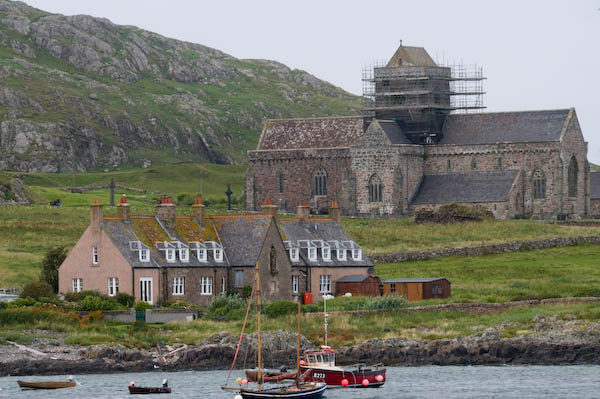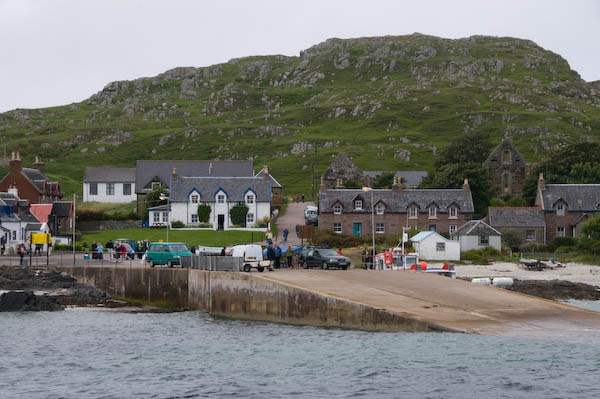A Week In Iona: In August 2008 I stayed a week on the remote island of Iona, a small island of the southwest coast of Mull in the with a long and illustrious history.
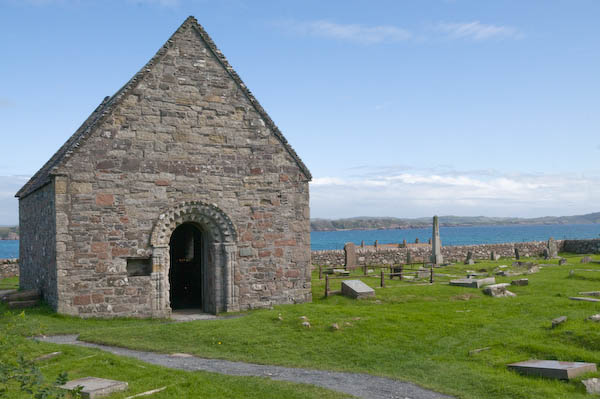
The island is well-known as ‘The Cradle of Christianity’ in Scotland, where Columba landed with his twelve companions in AD 563 and began to spread their Celtic Christianity through the islands and across Scotland.
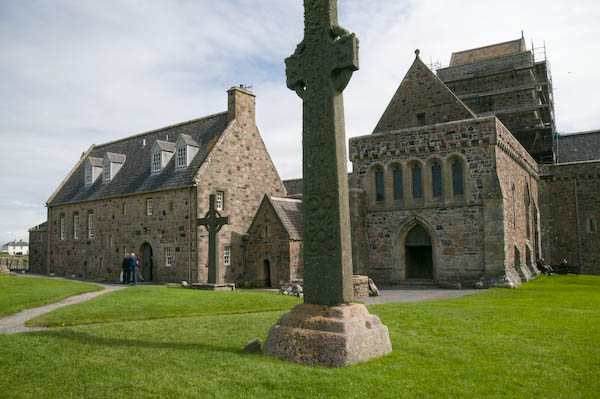
St Columba founded an Abbey here, but later it was destroyed by Viking Raids. Benedictine monks came here around 1200 but after the Reformation their Abbey became a disused ruin.
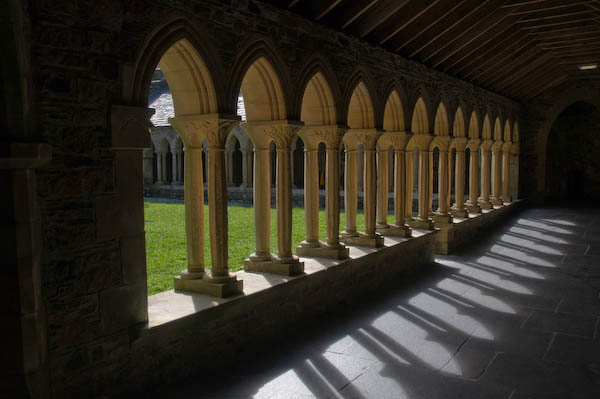
The Abbey was still in ruins when the 8th Duke of Argyll gave it to the church of Scotland in 1899, and some rebuilding took place in the following years. But it was the Iona Community, a Christian group started in the 1930s in working class Glasgow by George MacLeod, who brought together unemployed craftsmen and young ministers which did most of the work, starting in 1938 and only completed around 1965.
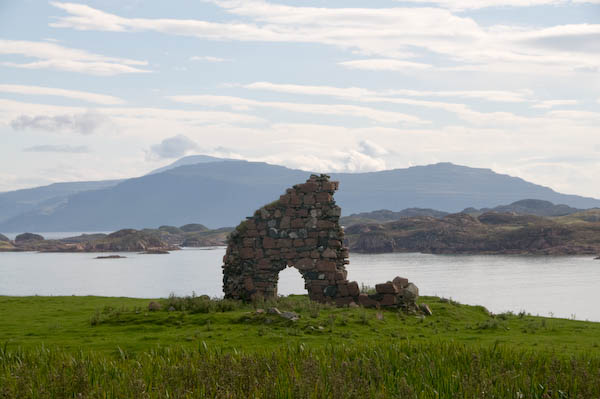
The Abbey is now looked after by Historic Scotland, with the Iona Community now tenants who run various events here and in a more modern centre a couple of hundred yards away.
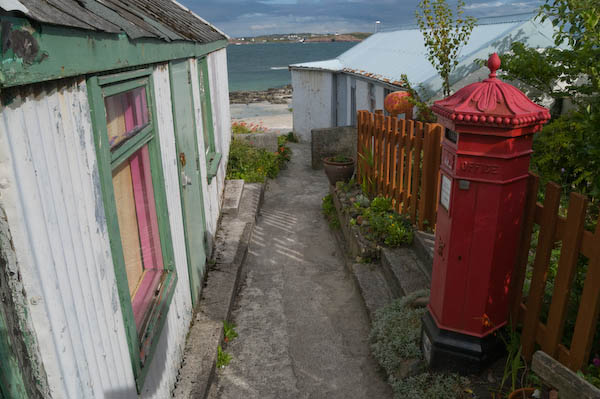
I was fortunate to be able to stay in the Abbey together with a group of friends as guests of the Iona community, and joined in with the daily services and had to take a part in the running of the centre, serving food and setting and clearing tables, as well as chopping vegetables in the kitchen – including more onions than you can imagine. As I commented, “although I enjoyed my stay, Iona to me will always be remembered as a place of tears!”

Iona is a small island – around 1.5 miles long and under a mile wide, with some isolated crofts and open ground with beautiful beaches and bays. Although its small permanent population – now stated as around 170 – is augmented by large numbers of tourists in the summer months, a short walk from the main street still took us away from it all.

This peace and quiet was only interrupted for a couple of hours during our week there, when a large cruise ship came up and anchored off the island, with small boats ferrying hundreds for a short visit. They set foot on the island, took pictures of the Abbey and left – without really experiencing the island at all.
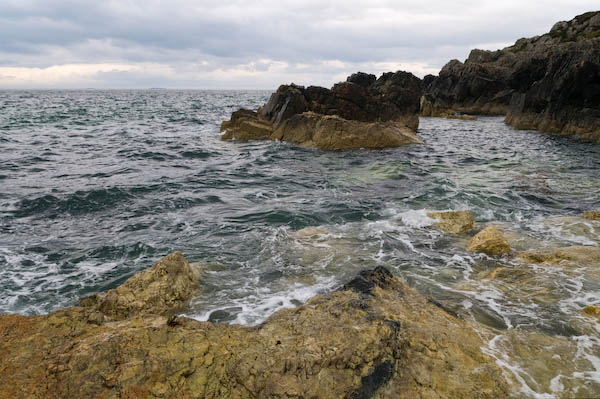
We did something of the same on one day of our visit, taking a boat trip on a powerful fishing boat to the island of Staffa – around 8 miles away – on 13th August. Fortunately the sea was fairly smooth, though the small boat ploughed through the waves with enough motion to make some feel seasick.
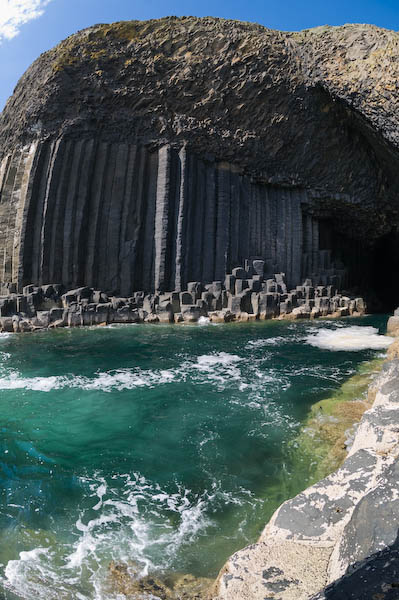
On the journey we passed close to the shore of Mull where seals were basking, and a couple of sharks put on a display as we stood to look into the giant caves in the south cliffs from the sea.

The largest of these, as I wrote in 2008, was named by “the great naturalist, Sir Joseph Banks, whose former house in Spring Grove I used to cycle past daily on my way to school who named the largest of these Fingal’s Cave, linking them with the Irish giant who in legend constructed a causeway starting from similar hexagonal basalt columns in Ireland across to Scotland.”
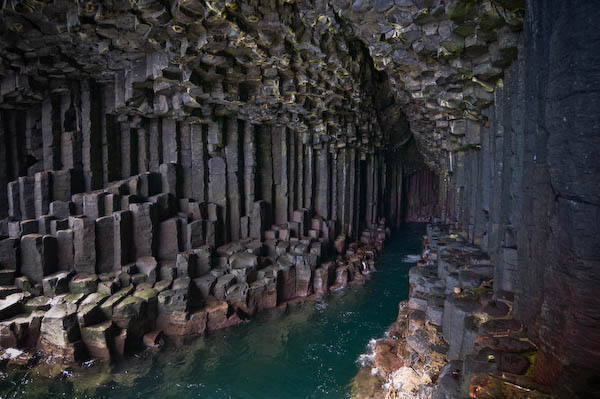
“Previously it had been known in Gaelic as ‘the melodius cave‘ (Uamh Bhin) from the sounds made by the waves lapping in its 150 foot channel, echoed by the roof like a giant natural cathedral. Later as I approached the cave on foot, the melodies I heard were distinctly female, but it was truly disappointing to find they came not from mermaids but the a cappella singing of my fully dressed wife and a few women friends.”
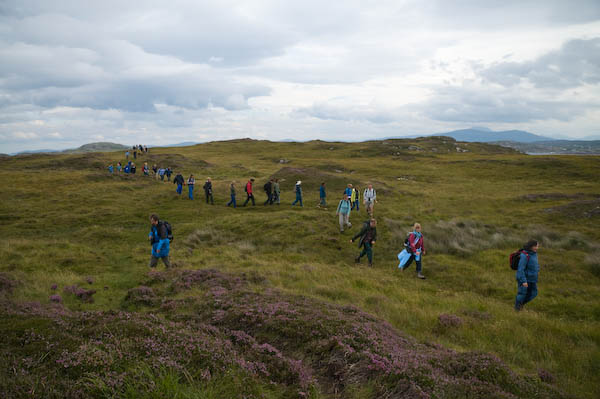
A weekly event we were able to take part in was the weekly pilgrimage around the island organised by the Iona Community which goes from the Abbey and around the island to various key sites, including the marble quarry, the beach on Columba’s Bay where he landed and the Hermit’s Cell, one of the few places on the island where midges were very much more than troublesome.

Visitors are generally not allowed to bring vehicles to the island – and there is very little in the way of roads outside the village where the ferry lands. It was good to get away from traffic and have a week of peace and quiet.
Many more pictures on My London Dairy:
Fingal’s Cave and Staffa
Iona: the Weekly Pilgrimage
the island
the Village (Baile Mór)
the Abbey
the Journey
Flickr – Facebook – My London Diary – Hull Photos – Lea Valley – Paris
London’s Industrial Heritage – London Photos
All photographs on this page are copyright © Peter Marshall.
Contact me to buy prints or licence to reproduce.
